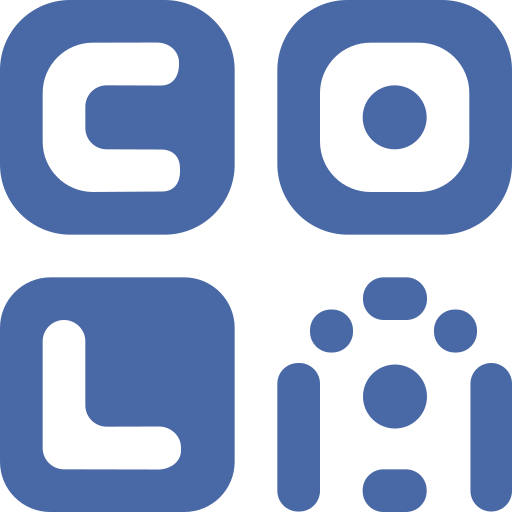The Power of QR Code Generators and the Rise of Dynamic QR Codes

In today’s fast-paced digital world, QR codes have become a bridge between the physical and online realms. From scanning menus in restaurants to accessing websites, videos, or contactless payments, QR codes are everywhere. But not all QR codes are created equal. In this article, we’ll dive into how QR code generators work, and explore the growing importance of dynamic QR codes in business and marketing.
What Is a QR Code Generator?
A QR code generator is a tool—often available online or via mobile apps—that allows users to create their own QR codes. These tools take your input (like a URL, phone number, email, or plain text) and convert it into a scannable QR code image.
Most QR code generators offer options to:
- Choose the type of data (e.g., link, text, vCard)
- Customize the design (colors, logos, frames)
- Download the QR code in various formats (PNG, SVG, etc.)
Popular QR code generators include QR Code Monkey, QRStuff, GoQR, and premium services like Beaconstac and Scanova that support dynamic codes.
Static vs. Dynamic QR Codes
Static QR Codes
These are basic QR codes where the data is hardcoded. Once created, you can’t change the information embedded in them. For example, if you generate a static QR code that links to a website, and the website URL changes later, you’ll have to generate a new QR code.
Pros:
- Free to use
- Great for permanent content (like linking to a product manual)
Cons:
- No tracking
- Cannot be edited after creation
Dynamic QR Codes
Dynamic QR codes solve these limitations. Instead of encoding the actual data (like a URL), they link to a short URL managed by a server. That server can then redirect the user to the actual destination, and the destination can be changed anytime—even after the QR code has been printed.
Benefits of dynamic QR codes:
- Editable content: Change URLs or information without reprinting.
- Analytics tracking: See how many scans occurred, where, and when.
- Shorter QR codes: Easier to scan and customize.
- Advanced features: Expiry dates, A/B testing, device-based redirection.
Use Cases for Dynamic QR Codes
Dynamic QR codes are especially valuable in:
- Marketing campaigns – Update promotional links across platforms.
- Product packaging – Link to tutorials, updated manuals, or promotions.
- Events and tickets – Change event details or redirect based on status.
- Restaurants and hotels – Provide live menus or change offers seasonally.
Choosing the Right Tool
If you’re just creating a one-off QR code for personal use, a free static QR generator may suffice. But if you're a business looking to scale your QR code usage, monitor performance, and maintain flexibility, using a dynamic QR code platform is well worth the investment.
Top Dynamic QR Code Platforms
- Beaconstac
- QR Code Generator PRO
- Bitly QR Codes
- Scanova
- Flowcode
These platforms typically offer user dashboards, analytics, API access, and even CRM integrations.
Final Thoughts
QR codes are no longer just a novelty—they’re a fundamental tool in today’s mobile-first world. By understanding the difference between static and dynamic QR codes, and using a reliable QR code generator, individuals and businesses can better engage their audiences, streamline experiences, and stay ahead in the digital game.
Whether you're a marketer, educator, developer, or small business owner, investing in dynamic QR technology could make your physical-to-digital transition smoother—and smarter.
Would you like me to format this as a blog post, export it to a document, or help with visuals (like infographics or diagrams) to go along with it?

